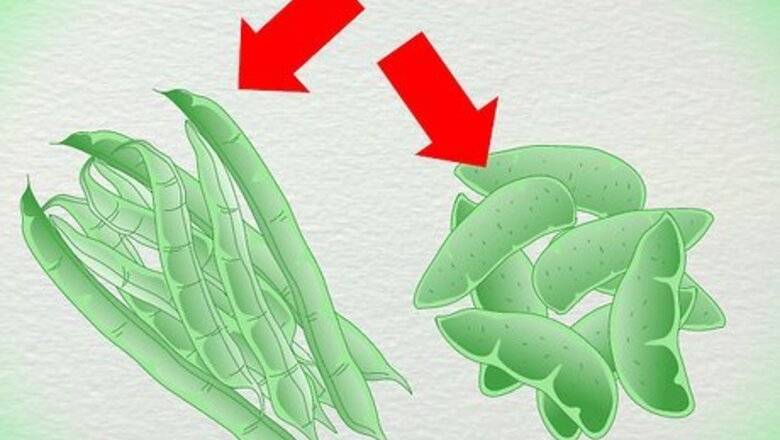
views
Steaming Method

(Steaming Method)Determine what type of beans you wish to dry. The drying conditions for string beans, for example, are different from the drying conditions for lima beans.
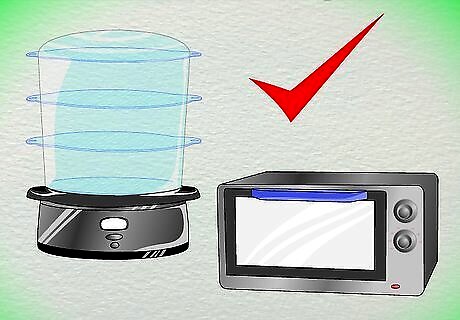
Choose your equipment and method for drying beans. It is possible to dry beans either indoors or outdoors, depending on your budget and even your geographic location, so there may be multiple ways you can dry beans. Using a store-bought dehydrator, your kitchen oven, or the heat of the sun are all ways to dry beans.
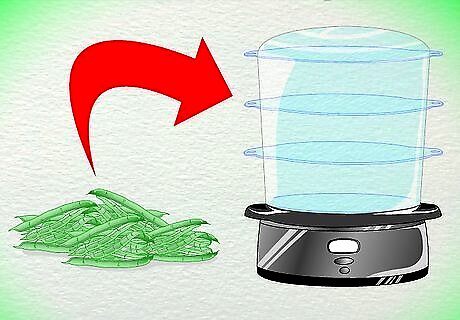
Prepare your beans as needed and steam them before drying them. Remove the strings from green, snap, string, or wax beans. For larger bean varieties, split pods lengthwise to allow for faster drying.Dry Beans Step 3Bullet1.jpg Shell full-grown lima beans, peas, or other shell beans. "Full-grown" means past the time these beans would be picked for eating at the table, canning, or preserving, but before the pods are dry.Dry Beans Step 3Bullet2.jpg Steam no more than 2 inches (5.1 cm) of green, snap, string, or wax beans in a wire rack or basket above a pot (or kettle) of boiling water for 15 to 20 minutes.Dry Beans Step 3Bullet3.jpg Steam shallow layers of lima or shell beans in the same way for 10 minutes. Take batches of beans out of the rack or basket and spread them on paper towels or clean cloths to absorb extra moisture. Cover the steamed beans with towels while they wait to be moved onto drying trays.

Spread steamed beans on drying trays that are slatted, perforated, or woven on the bottom. These openings will allow air to circulate through and carry away evaporating moisture while the beans dry. Depending on their size, green, snap, string, or wax beans should be spread in 1 layer or 1/2 inch (1.25 cm) deep per tray. Lima or other shelled beans should be spread thinly on the trays.
Oven Method #1

Dry 1 or 2 trays of whole green, snap, string, or wax beans at 120 F (49 C) for 1 hour. Increase the temperature to 150 F (66 C) until the beans are nearly dry, then lower the heat to 130 F (54 C).

Dry split green, snap, string, or wax beans at 130 F (54 C) for 1 hour. Raise the temperature to 150 F (66 C), and then return it to 130 F (54 C) when the beans are almost dry.
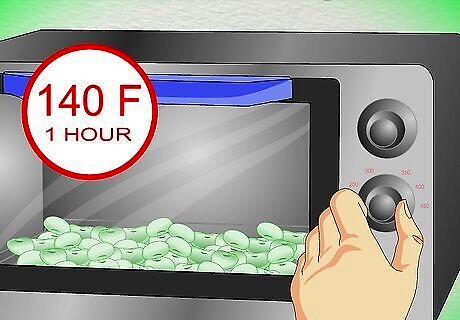
Dry lima beans or other shelled beans at 140 F (60 C) for the first hour. Gradually increase the heat to 160 F (71 C) until the beans are nearly dry, then reduce the temperature to 130 F (54 C).
Oven Method #2
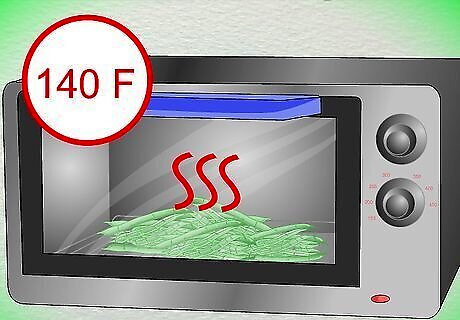
Maintain an oven temperature of 140 F (60 C) as best you can for either shelled or long beans until the beans are dried. You may need to set your oven to its "warm" setting or lowest temperature and then leave the oven door ajar. You can also put the lowest tray at least 8 inches (20 cm) from the oven's bottom heat source.
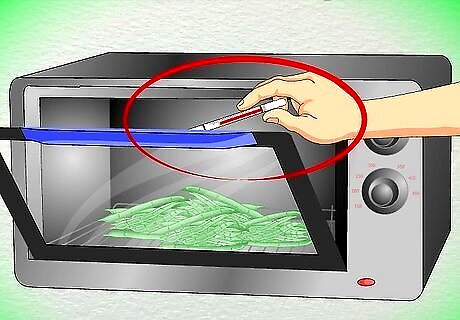
Monitor the temperature with a food thermometer if needed.
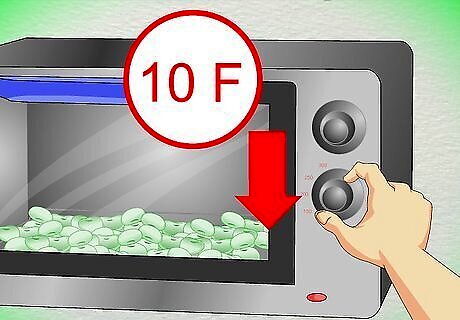
Lower the temperature by 10 F (5.6 C) or briefly turn off the oven as necessary to prevent beans from scorching, cooking or caramelizing.
String & Air Dry Method
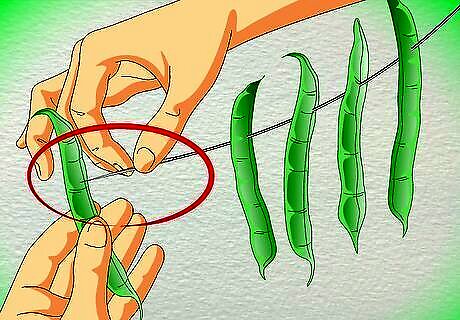
String prepared whole beans about 1/2 inch (1.25 cm) apart from one another by using a sewing needle to insert clean string through the upper 1/3 of each bean.

Hang the strings of beans in a dark room that is well-aired, warm, and dry. Beans may take 1 or 2 weeks to dry this way.
Sunlight Method

Spread steamed beans on trays as for indoor drying.
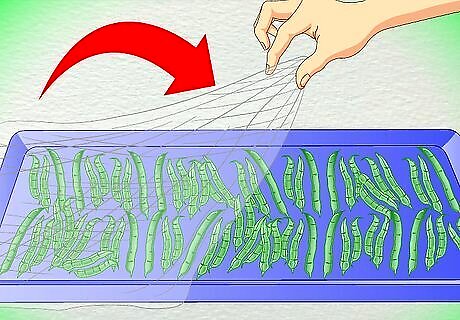
Cover the beans with cloth netting that has a mesh no bigger than 1/2 inch (1.25 cm). This protects them from insects and air-borne debris.

Put the trays of beans in direct sunlight on top of a platform or some other arrangement such as spaced bricks that will allow air to circulate underneath the trays.
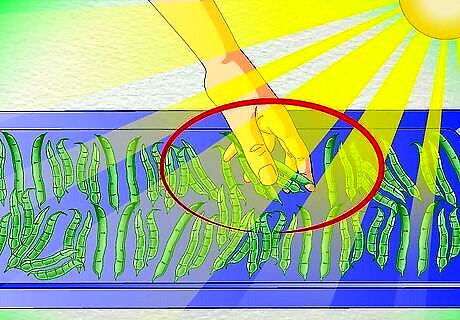
Stir the beans gently with your fingers several times a day to help them dry evenly.
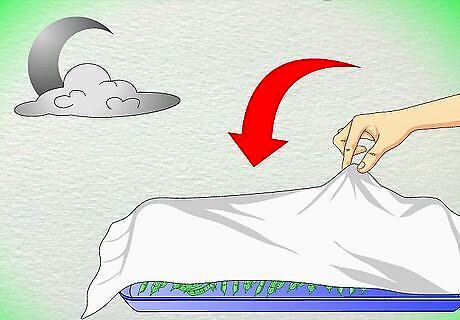
Stack the drying trays of beans under a shelter and cover them with a carton or clean sheet to protect the beans from dew at night. Alternatively, you can consider bringing the trays indoors at night. If you know the night air will be very dry, covering the outdoor trays is not necessary.

Place the drying trays in the sun the next day after uncovering them if needed.
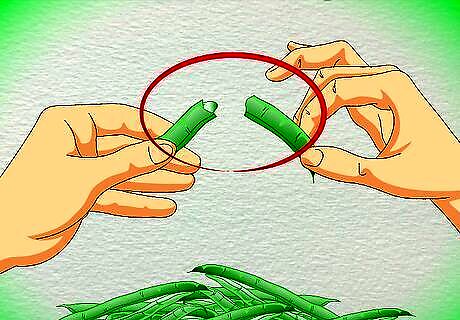
Test for dryness after the beans have cooled from the second day of drying. Green, snap, string, or wax beans are dry enough when they look and feel brittle. Lima or shell beans are dry enough when they look and feel hard, brittle, and break cleanly when they are broken.














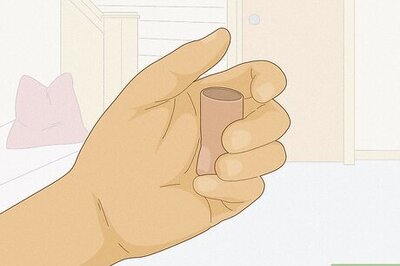

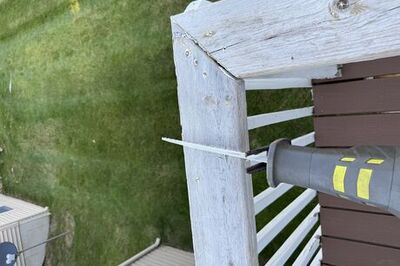
Comments
0 comment